One of the oldest neighbourhoods in Dhaka, Shankhari Bazar is well-known for its colourful cultural heritage. During festivities, the roads are filled with a vibrant atmosphere reflecting the community's religious traditions. The lane wears a new look as colourful decorations and beautiful mandaps breathe renewed life into the locality.
Abir Sur Antu, a resident of the area says, "People might think it's only a market to sell shankhas and polas. You see, there are other items as well. From Shankho to mukuts — crowns made with shola, ayasthi, painted bamboo kula, musical instruments, and other puja essentials are sold in the market during Durga Puja season."
Walking down the street, one can observe how the shops come alive with displays of idols, jewellery, sarees, musical instruments, and sweetmeats. Attendants are found decorating their shops, waiting for customers, and negotiating deals.
"The lane is not all about trading," Antu adds. "More than 10 puja mandaps are arranged to celebrate Durga Puja in this area alone. The pandals are built after Mahalaya, the auspicious event that signals the start of Puja festivities."
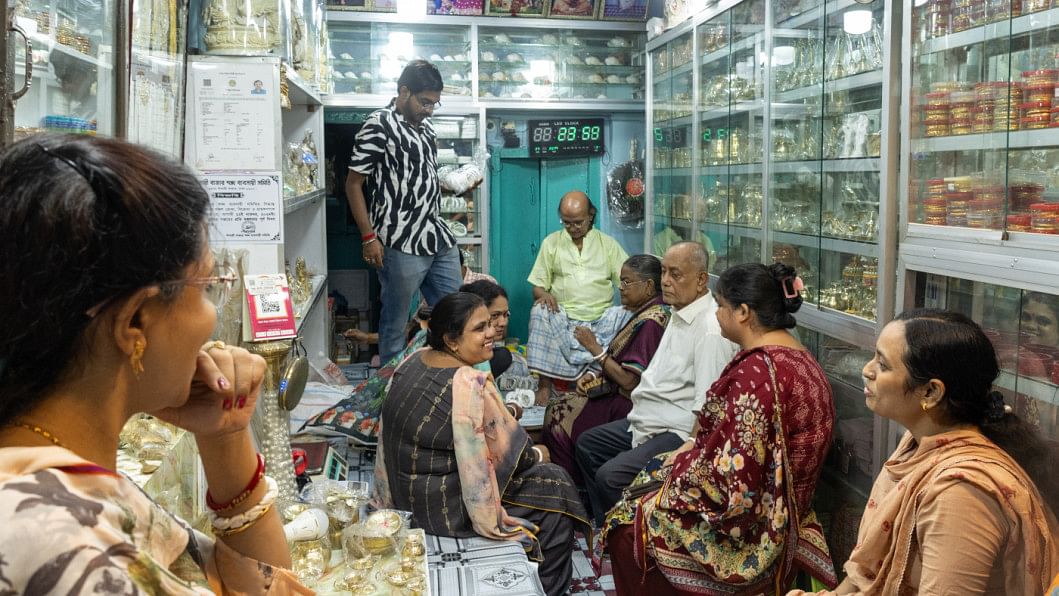
"Sur Products" is one of the oldest shops in Shankhari Bazar and continues to build its reputation by earning the trust of loyal customers. Sushmita, a resident of Chankharpul recalls — "Ever since I was a child, I have come here. I used to come with my mother, but these days I either come with my sisters or my husband."
Speaking about the price range of shankhas, Amalesh Nandi of the popular "Joy Guru Bhander" says — "The price ranges between Tk 400 and Tk 4000, sometimes more. This range depends entirely on the quality, the thickness, and especially the design of shankhas."
As we were walking down the street observing the different products, Sukumar Sen welcomed us to his shop with a smile on his face and started sharing the story he always wanted to say: "I was not very good at school. My father saw my potential in painting, so at the tender age of 13, I joined a group of master artists — ustad Dulara Bai, Moheen Bai, and Ladla Bai. I used to paint cinema posters with them which led to rickshaw painting at a point. Today, here I am, painting kula, ghoti, bati etc. for my livelihood."
While we were discussing his life's achievements, a young lad came to buy a "pradip" that cost just Tk 5. Sen hands it over and says, "People used to respect us a lot as artists, Nowadays, as everything has become digital, it feels like we are lost."
The search for a shankha craftsman took us to Arun Kumar Sur, busy shaping a shankha using a machine. As a result of working there all day, his hair had turned white due to the conch dust.
"I have been in this profession for the past 45 years. My father introduced me to this craft. There are not many artisans left, possibly 10-12 are there. We make 20-25 pairs of shankha a day," he adds.
For the craftsmen, there has been a shift in how shankhas are now made. While in the past the bangles were handcrafted from slices of conch shells at the shops, today most items on sale are imported.
Artisans also heavily rely on the use of machines these days, which has taken away much of the personal touch from the timeless pieces.
As the sun was about to set, the crowd grew larger on the streets. Although the place is known for colourful celebrations during Durga Puja, the area gets even more vibrant due to the crowd, the lights, and the decorations. Despite the modernisation, Shankhari Bazar has a certain charm and it takes visitors on a trip down memory lane.

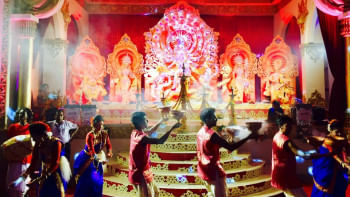
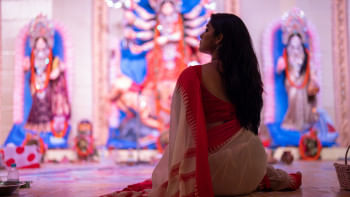


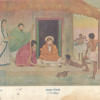
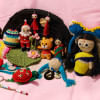
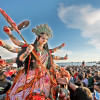
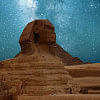

Comments